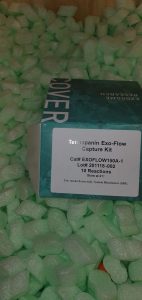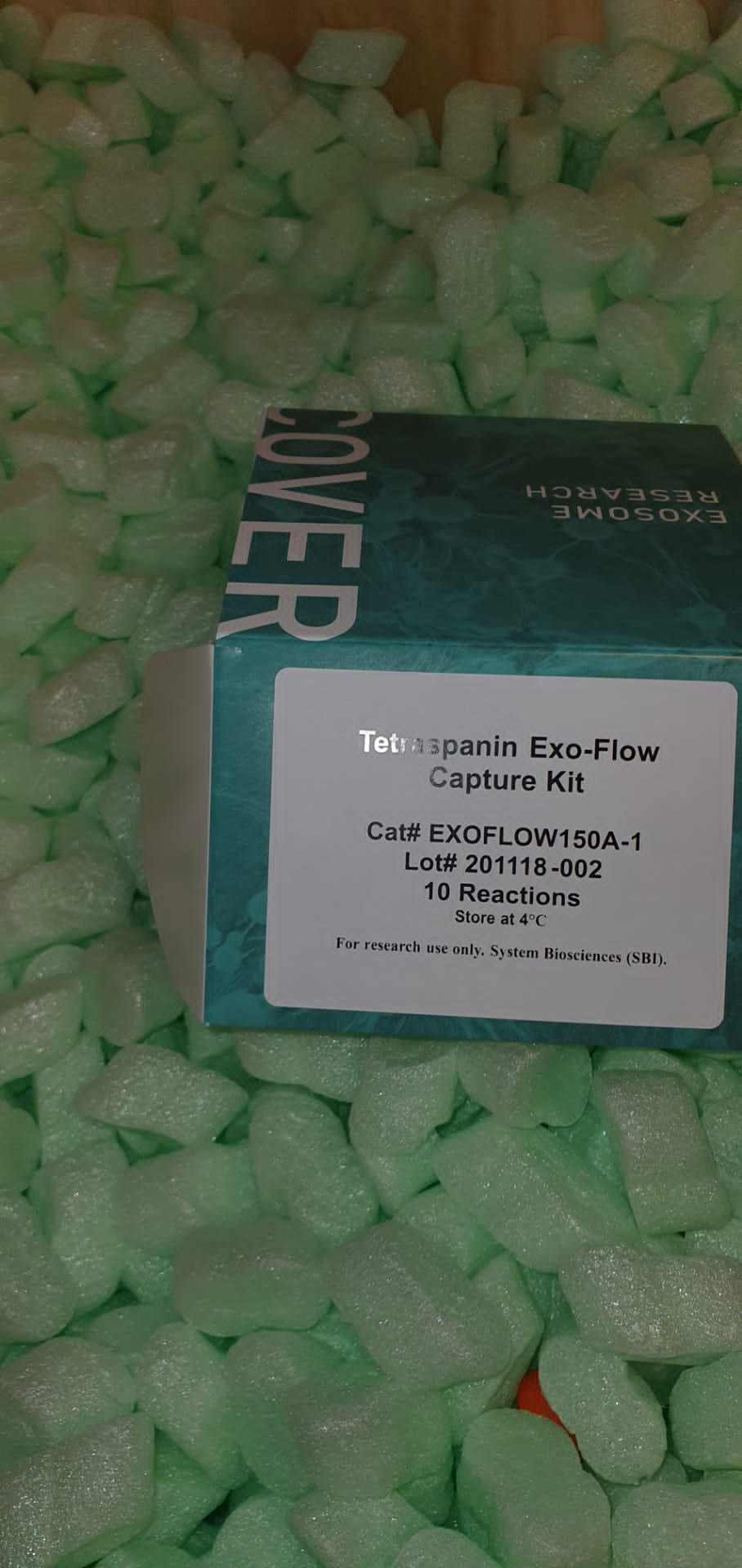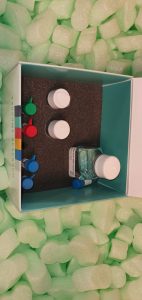The interpretation of outcomes on immunostained cell-block sections needs to be in contrast with the cumulative printed knowledge derived predominantly from formalin-fixed paraffin-embedded (FFPE) tissue sections. Due to this, it is very important acknowledge that the fixation and processing protocol shouldn’t be totally different from the routinely processed FFPE surgical pathology tissue. Publicity to non-formalin fixatives or reagents could intervene with the diagnostic immunoreactivity sample. The immunoprofile noticed on such cell-blocks, which aren’t processed in a fashion just like the surgical pathology specimens, will not be consultant leading to aberrant outcomes.
The sphere of immunohistochemistry (IHC) is advancing constantly with the standardization of many immunomarkers. Quite a lot of technical advances comparable to multiplex IHC with refined methodologies and automation is growing its position in medical purposes. The latest addition of rabbit monoclonal antibodies has additional improved sensitivity. As in comparison with the mouse monoclonal antibodies, the rabbit monoclonal antibodies have 10 to 100 fold greater antigen affinity. Many of the situations contain the analysis of coordinate immunostaining patterns in cell-blocks with comparatively scant diagnostic materials with out correct orientation which is normally retained in a lot of the surgical pathology specimens.
These challenges are addressed if cell-blocks are ready with some devoted methodologies comparable to NextGen CelBloking™ (NGCB) kits. Cell-blocks ready by NGCB kits additionally facilitate the straightforward utility of the SCIP (subtractive coordinate immunoreactivity sample) strategy for correct analysis of coordinate immunoreactivity. Varied cell-block and IHC-related points are mentioned intimately. Pericytes are present in all vascularized organs and are outlined anatomically as perivascular cells that intently encompass endothelial cells in capillaries and microvessels and are embedded inside the similar basement membrane.
mTOR Pathway Activation Assessed by Immunohistochemistry in Cervical Biopsies of HPV-associated Endocervical Adenocarcinomas (HPVA): Correlation With Silva Invasion Patterns
The Silva sample of invasion, not too long ago launched to stratify sufferers in danger for lymph node metastases in human papillomavirus-associated endocervical adenocarcinomas (HPVAs), can solely be assessed in cone and loop electrosurgical excision process excisions with adverse margins or in a hysterectomy specimen. Earlier research discovered associations between harmful stromal invasion patterns (Silva patterns B and C) and mutations in genes concerned within the MEK/PI3K pathways that activate the mammalian goal of rapamycin (mTOR) pathway. The first intention of this research was to make use of cervical biopsies to find out whether or not markers of mTOR pathway activation affiliate with aggressive invasion patterns in matched excision specimens.
The standing of the markers in small biopsy specimens ought to enable us to foretell the ultimate and biologically related sample of invasion in a resection specimen. With the ability to predict the ultimate sample of invasion is necessary, since prediction as Silva A, for instance, would possibly encourage conservative medical administration. If the sample within the resection specimen is B with lymphovascular invasion or C, additional surgical procedure could be carried out 34 HPVA biopsies have been evaluated for expression of pS6, pERK, and HIF1α. Immunohistochemical stains have been scored semiquantitatively, starting from Zero to 4+ with scores 2 to 4+ thought of constructive, and Silva sample was decided in follow-up excisional specimens.
Silva patterns acknowledged in excisional specimens have been distributed as follows: sample A (n=8), sample B (n=4), and sample C (n=22). Statistically vital associations have been discovered evaluating pS6 and pERK immunohistochemistry with Silva sample (P=0.034 and 0.05, respectively). Of the three markers examined, pERK was essentially the most highly effective for distinguishing between sample A and patterns B and C (P=0.026; odds ratio: 6.75, 95% confidence interval: 1.111-41.001). Though the adverse predictive values have been disappointing, the constructive predictive values have been encouraging: 90% for pERK, 88% for pS6 and 100% for HIF1α. mTOR pathway activation assessed by immunohistochemistry in cervical biopsies of HPVA correlate with Silva invasion patterns.

Detection of BRAF V600E Mutation in Ganglioglioma and Pilocytic Astrocytoma by Immunohistochemistry and Actual-Time PCR-Based mostly Idylla Check
The BRAF V600E mutation is a vital oncological goal in sure central nervous system (CNS) tumors, for which a potential utility of BRAF-targeted remedy grows constantly. Within the current research, we intention to find out the prevalence of BRAF V600E mutations in a sequence of ganglioglioma (GG) and pilocytic astrocytoma (PA) circumstances. Concurrently, we determined to confirm whether or not the mix of absolutely automated tests-BRAF-VE1 immunohistochemistry (IHC) and Idylla BRAF mutation assay-may be helpful to precisely predict it within the case of specified CNS tumors.
The research included 49 formalin-fixed, paraffin-embedded tissues, of which 15 have been GG and 34 PA. Immunohistochemistry with anti-BRAF V600E (VE1) antibody was carried out on tissue sections utilizing the VentanaBenchMark ULTRA platform. All constructive or equivocal circumstances on IHC and chosen adverse ones have been additional assessed utilizing the Idylla BRAF mutation assay coupled with the Idylla platform. The BRAF-VE1 IHC was constructive in 6 (6/49; 12.3%) and adverse in 39 samples (39/49; 79.6%). The interpretation of immunostaining outcomes was sophisticated in Four circumstances, of which 1 examined constructive for the Idylla BRAF mutation assay. Subsequently, the general positivity fee was 14.3%.
[Linking template=”default” type=”products” search=”ImmuChem ImmunoHistoChemistry Kit: Streptavidin” header=”3″ limit=”123″ start=”2″ showCatalogNumber=”true” showSize=”true” showSupplier=”true” showPrice=”true” showDescription=”true” showAdditionalInformation=”true” showImage=”true” showSchemaMarkup=”true” imageWidth=”” imageHeight=””]
This included 2 circumstances of GG and 5 circumstances of PA. Our research discovered that BRAF V600E mutations are reasonably frequent in PA and GG and that for these tumor entities, IHC VE1 is appropriate for screening functions, however all adverse, equivocal, and weak constructive circumstances ought to be additional examined with molecular biology methods, of which the Idylla system appears to be a promising device. They’ve been proven to have various physiological and pathological capabilities together with regulation of blood stress, and tissue regeneration and scarring. Basic to understanding the position these cells play in these various processes is the flexibility to precisely establish and localize them in vivo. To do that, we’ve developed multicolor immunohistochemistry protocols described on this chapter.



